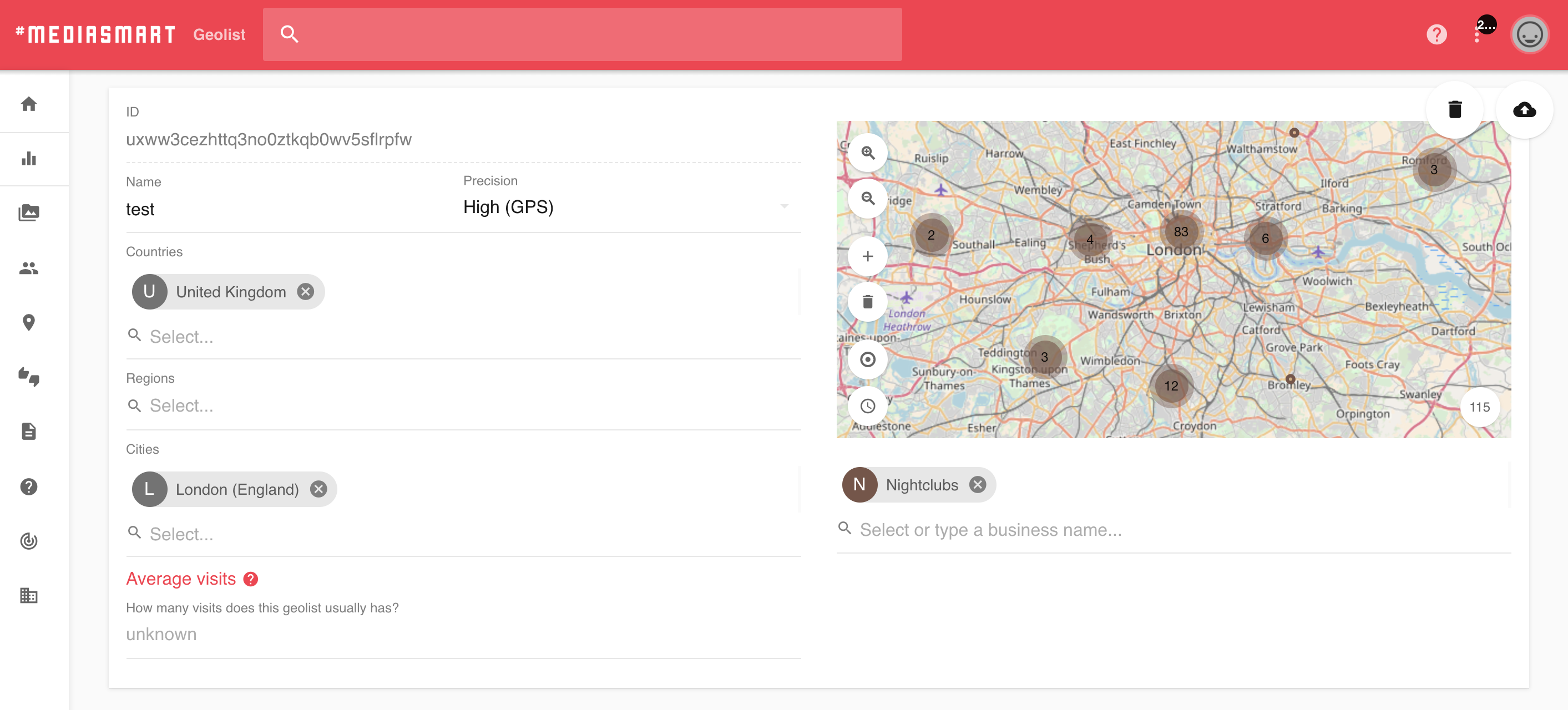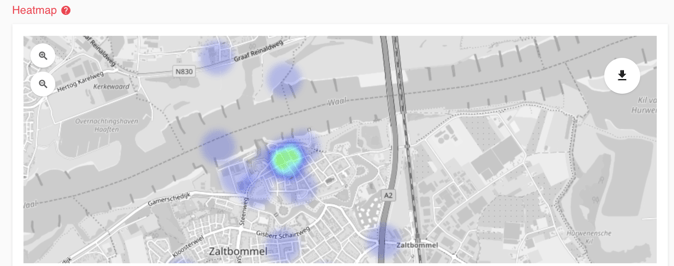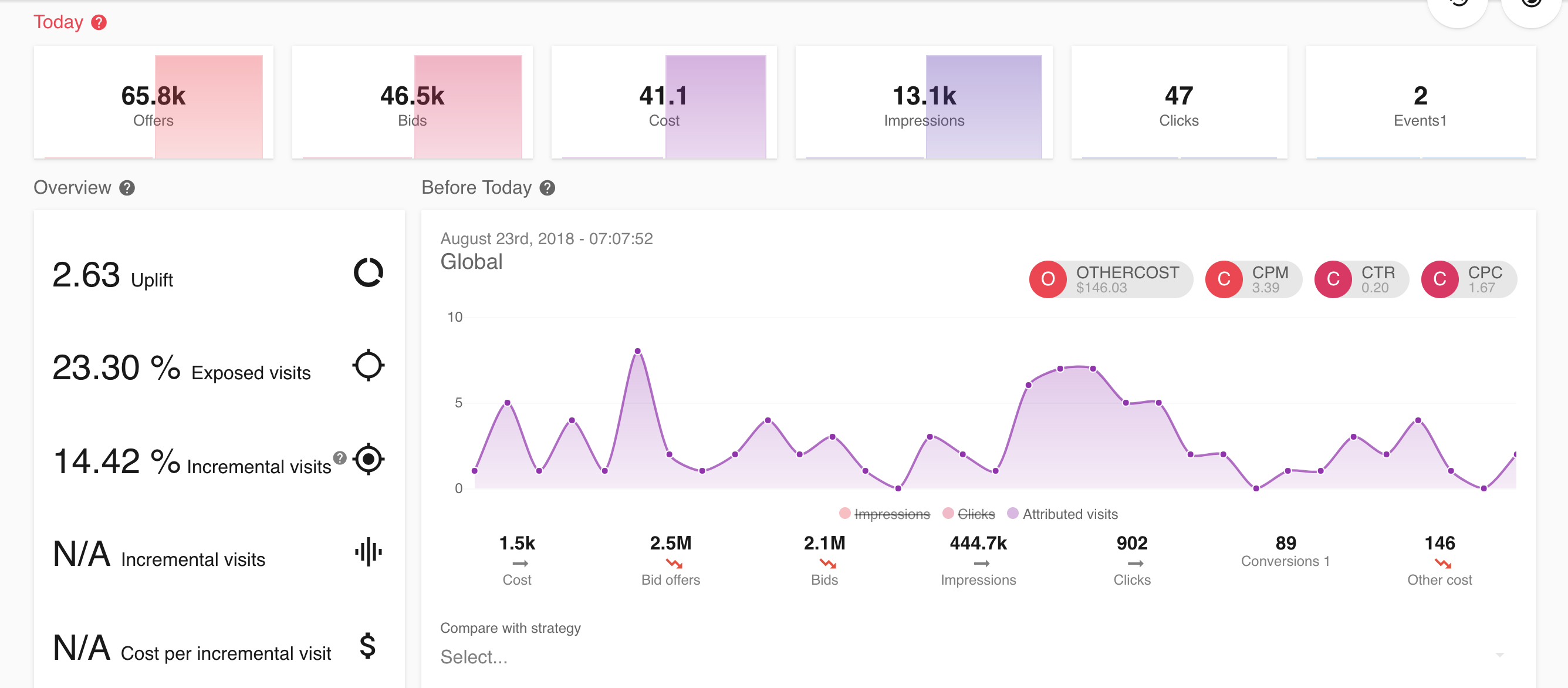Blog
Announcements, analysis and opinions on industry trends around the mobile programmatic world.

Subscribe now, and receive the latest programmatic content directly on your inbox!
Thank you for subscribing to our newsletter
mediasmart helping customers who can no longer work with Weve for their proximity advertising campaigns

Clients of Weve who were unable to make new bookings reached out to mediasmart for help. mediasmart provided an alternative location targeting option with deeper analytics and insights. mediasmart is able to deliver mobile ads to users who are a walking distance away, drive time away or public transport journey time away from any point of interest in the UK.
mediasmart proximity tools allow advertisers to target mobile devices around points of interest, not only in the UK but anywhere in the world. Simply search for points of interest, select the accuracy level and follow footfall reports in real-time as people arrive to your point of interest.

You can check out which are the areas where users who visited your POIs were impacted by your ad, as well as other interesting insights about your campaign visits.

mediasmart also goes a step further by providing key KPI's that determine what is the actual impact of your campaign. Your campaign may have impacted users who visited the point of interest, but would have gone there anyway, right? mediasmart measures Uplift and Incremental Visits, precisely to get those visits out of the equation.
Proximity campaign = Also referred to as Geofenced or Drive to store campaign - is a campaign that uses the lat/lon geolocation provided by the user’s device as targeting criteria and/or to personalize the advertising message. The term Drive to Store is reserved for campaigns whose specific purpose is to bring users to a certain location., in which case the ability to measure visits of users impacted by the campaign to that location is usually involved.
Footfall/Attributed visits = Users tracked within 100 meters around a POI who have been previously exposed to your campaign. But let's get one thing straight: attributed visits in real time may not be “actual visits”. They are just users that have seen an impression in a campaign and have been seen later in the area where we wanted to measure visits. You could be counting the neighbor who lives on top of the store, the guy waiting for the bus across the street and a random person who you targeted as she was moving from a bigger circle to a smaller circle. You can also be missing a lot of people who actually went to the store but you cannot measure due to the limitations of your tracking method. That is why we need the following KPIs to figure out the campaigns real likely impact.
Uplift Factor = It compares the conversion rate (% of impressions that result in a visit) in a campaign creative with the conversion rate of impressions that have not served the campaign creative, but otherwise have exactly the same characteristics. It gives a measure of how much more likely users are to visit the POI after seeing your campaign.
Exposed % = It measures the % of visitors observed 100m around the store that have been previously exposed to the campaign within the attribution window. It gives a measure of how many people in the POI have seen your campaign, but it does not by itself establish causality: they could have been found around the POI independently of the campaign.
Incremental Visits % = It is the estimated increase in visits to the store, and the ultimate measure of the “impact” of our campaign. This is the KPI that measures the incremental value you are getting from your campaign by taking the % of measured visits that were exposed to the campaign, and deducting any visits that would have happened independently of your campaign.
Additionally, if you know the number of average daily visits to your POIs prior to the campaign, we can also provide the absolute number of incremental visits the campaign generates, as it goes.

Topics: Geolocation, mediasmart, data
%20(1).jpg)